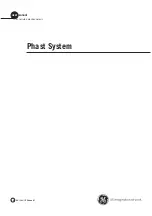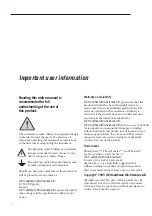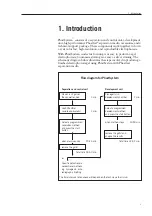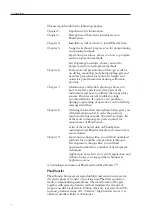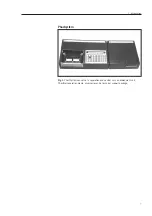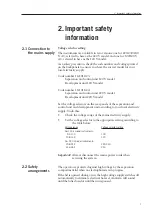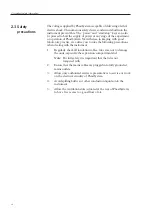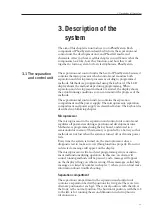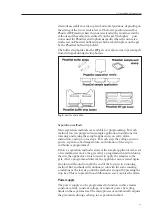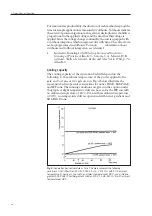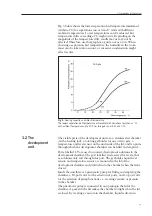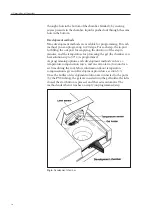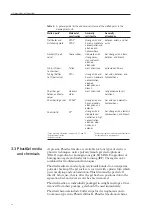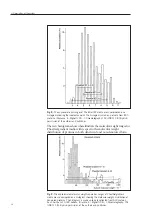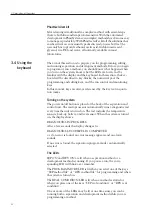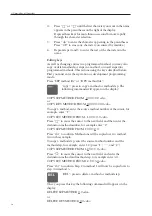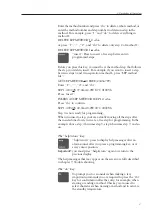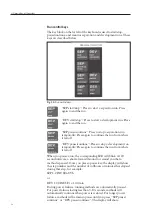
13
electrode assembly may take up two horizontal positions, depending on
the setting of the two eccentric levers. The lower position is used for
PhastGel IEF media, where the inner electrodes (the anode nearest the
cathode and the cathode) rest directly on the gel. The higher posi-
tion is used for PhastGel electrophoresis media, where the outer elec-
trodes rest on PhastGel buffer strips which are held in place on the gel
by the PhastGel buffer strip holder.
The buffer strip holder, like the IEF gel cover, also serves to prevent gels
from drying out during electrophoresis.
Fig. 3.
Sample application.
Separation methods
Nine separation methods are available for programming. For each
method, you can program two sample application instructions (for
lowering and raising the sample applicators), an extra alarm
instruction, and up to nine steps. For each step, the voltage, current,
power, separation bed temperature, and duration of the step in
volthours is programmed.
Before a separation method is started, the sample applicator arm rests
a few millimeters above the gels. After a programmed interval during
the run, the applicator arm is lowered to apply the samples to the
gels. After a programmed interval, the applicator arm is raised again.
An alarm will sound to mark the end of the last step in a running
method. But, methods will continue to run with the same running
conditions as the last step until the method is stopped by pressing the
stop key. This is to prevent band diffusion in case you miss the alarm.
Power supply
The power supply can be programmed to function in three modes:
constant current, constant voltage, or constant power, by setting
limits on these parameters. The microprocessor automatically adjusts
the parameters during each step in a separation method.
3. Description of thae system

